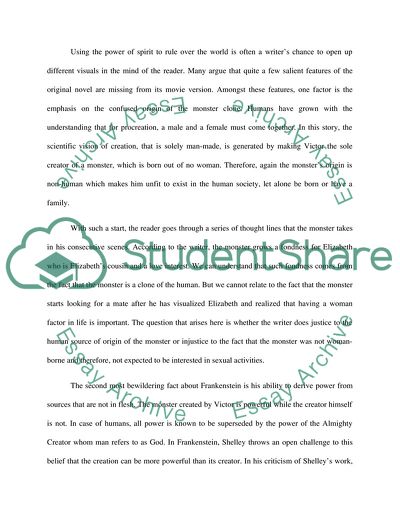Cite this document
(“Frankenstein: A Story of Confusing Origins Term Paper”, n.d.)
Frankenstein: A Story of Confusing Origins Term Paper. Retrieved from https://studentshare.org/literature/1668895-formal-essay-on-frankenstein
Frankenstein: A Story of Confusing Origins Term Paper. Retrieved from https://studentshare.org/literature/1668895-formal-essay-on-frankenstein
(Frankenstein: A Story of Confusing Origins Term Paper)
Frankenstein: A Story of Confusing Origins Term Paper. https://studentshare.org/literature/1668895-formal-essay-on-frankenstein.
Frankenstein: A Story of Confusing Origins Term Paper. https://studentshare.org/literature/1668895-formal-essay-on-frankenstein.
“Frankenstein: A Story of Confusing Origins Term Paper”, n.d. https://studentshare.org/literature/1668895-formal-essay-on-frankenstein.


